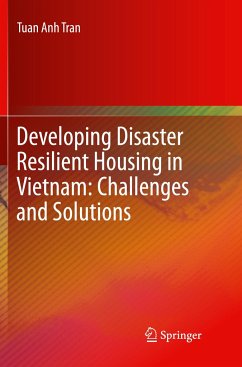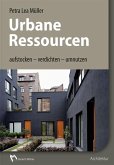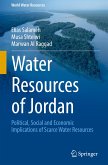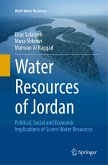This book provides a comprehensive understanding on disaster resilient housing within the Vietnam context particularly and the developing world generally. The book has identified the root causes of housing vulnerability, restrictions to safe housing development, concepts of disaster resilient housing, key issues/factors implementers and building designers need to consider, and ways of achieving resilient housing outcomes in actual design projects.
The design and development of disaster resilient housing has been framed into three main themes:
(i) community consultation, (ii) the role of built-environment professionals and (iii) design responses for resilience.
To achieve these themes, there is a variety of contextual and intervening conditions that need to be addressed and met to provide an enabling environment for promoting disaster resilient housing. These three themes are among the most arguable issues in recent debates and discussions, academicallyand practically, regarding disaster risk reduction and safe housing development. In addition, this book also provides the evidence-based design framework for disaster resilient housing upon which design ideas and solutions for safe and resilient housing can be generated and shaped.
The design and development of disaster resilient housing has been framed into three main themes:
(i) community consultation, (ii) the role of built-environment professionals and (iii) design responses for resilience.
To achieve these themes, there is a variety of contextual and intervening conditions that need to be addressed and met to provide an enabling environment for promoting disaster resilient housing. These three themes are among the most arguable issues in recent debates and discussions, academicallyand practically, regarding disaster risk reduction and safe housing development. In addition, this book also provides the evidence-based design framework for disaster resilient housing upon which design ideas and solutions for safe and resilient housing can be generated and shaped.








